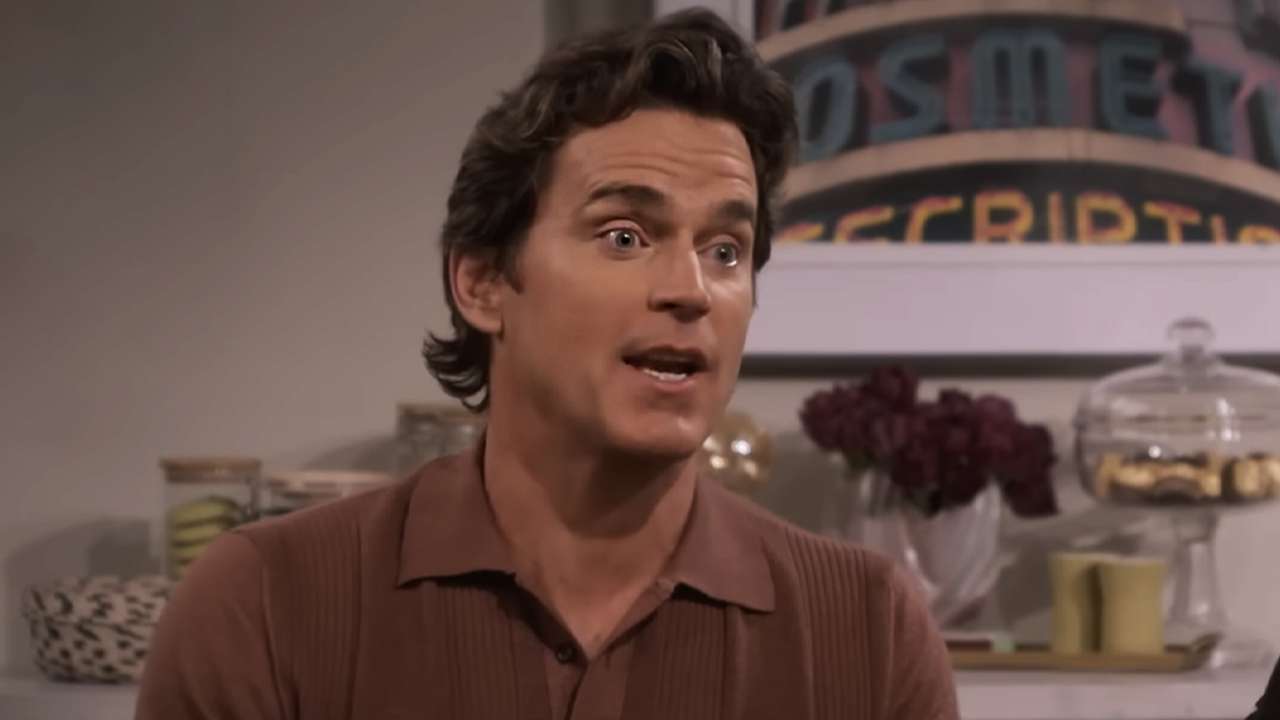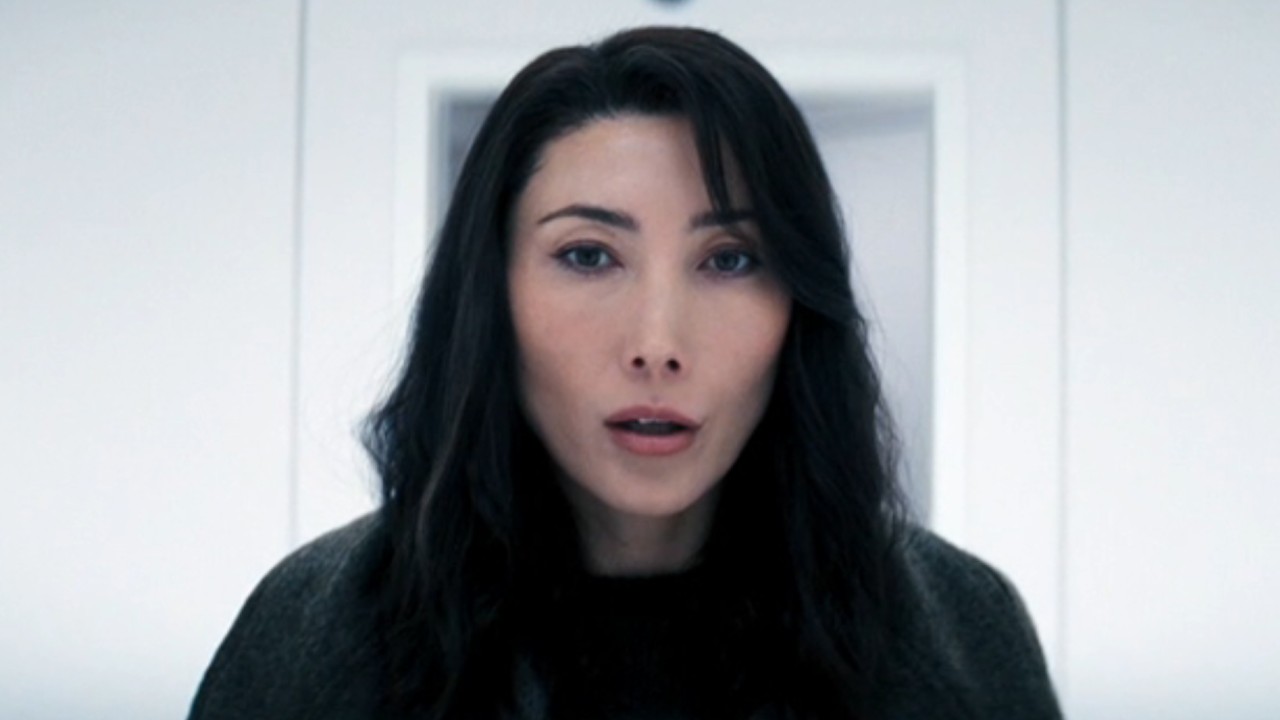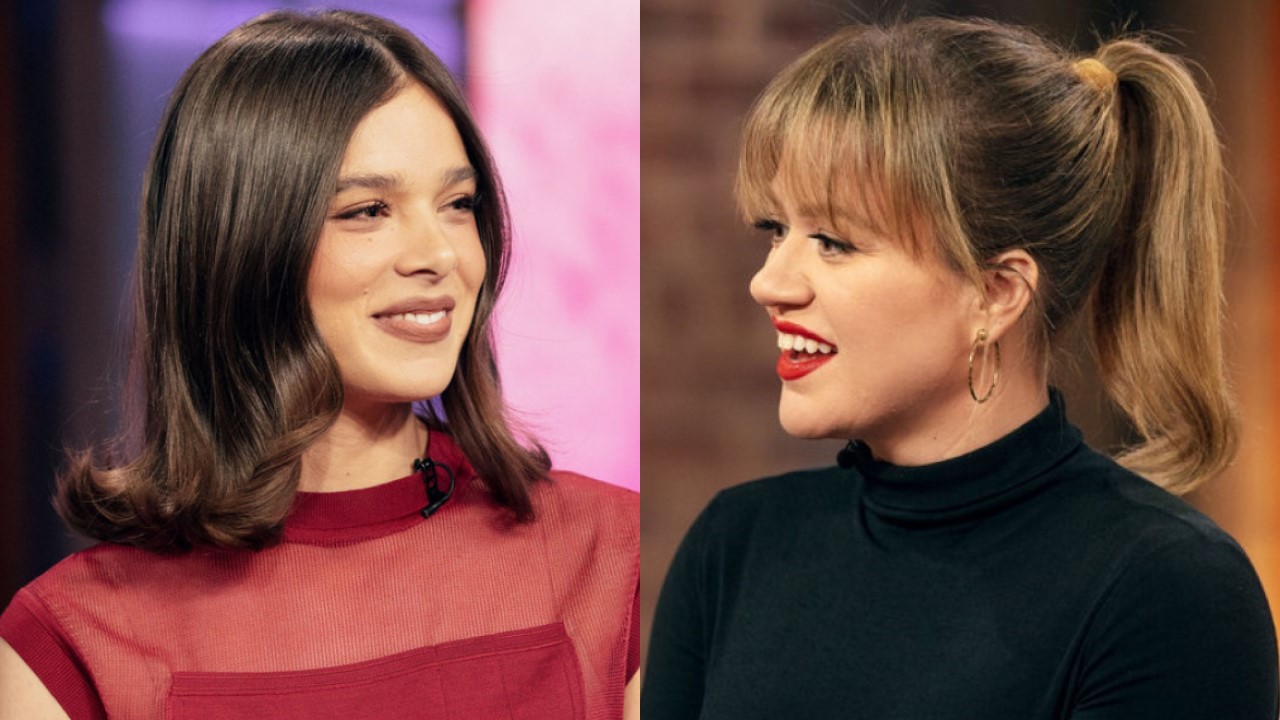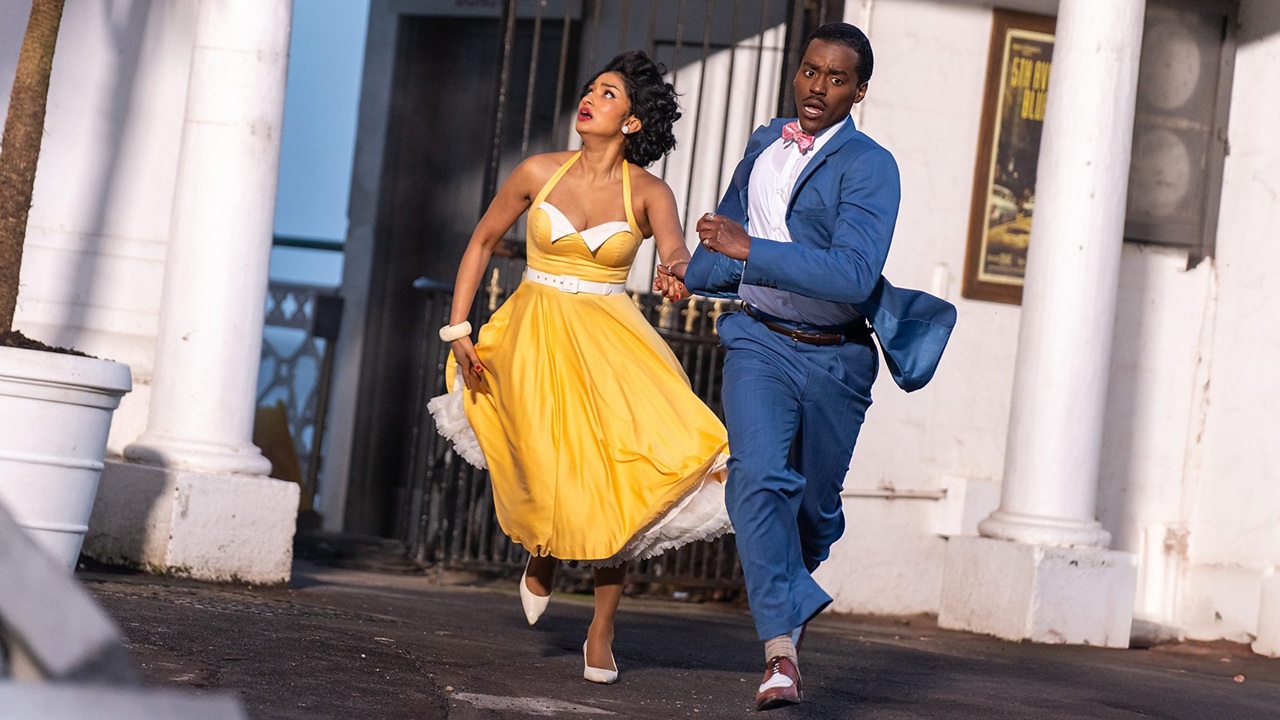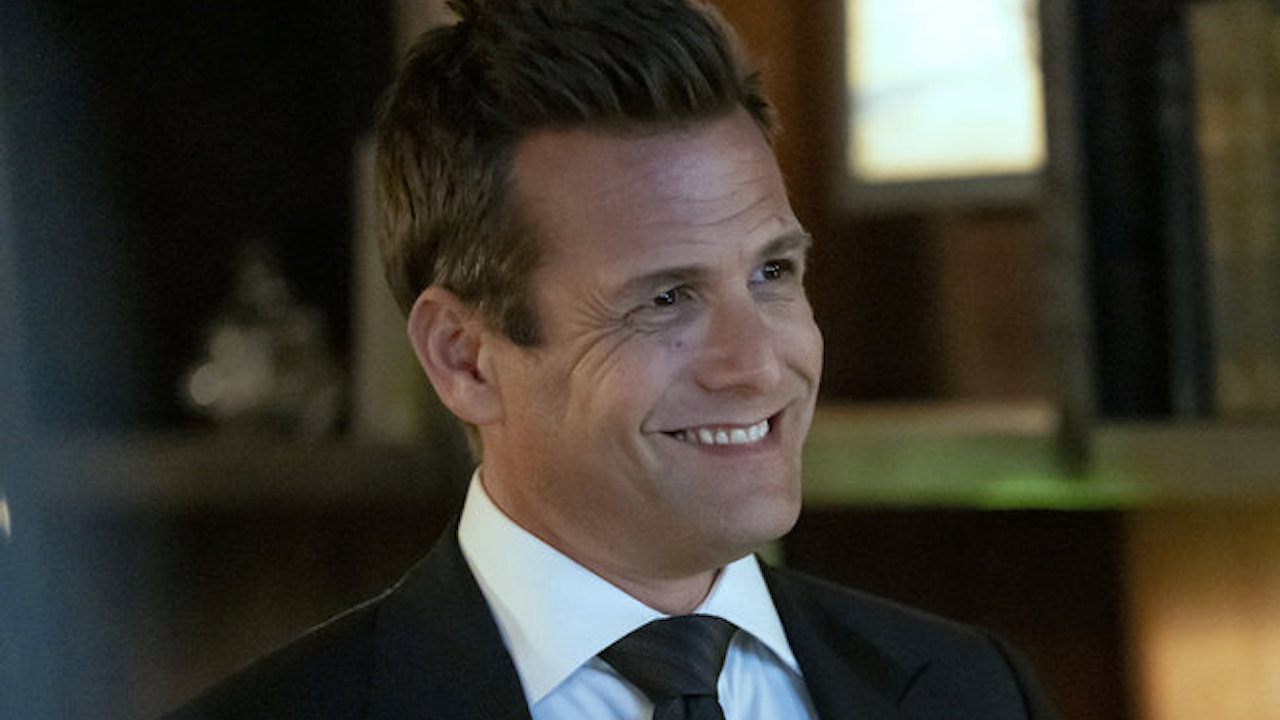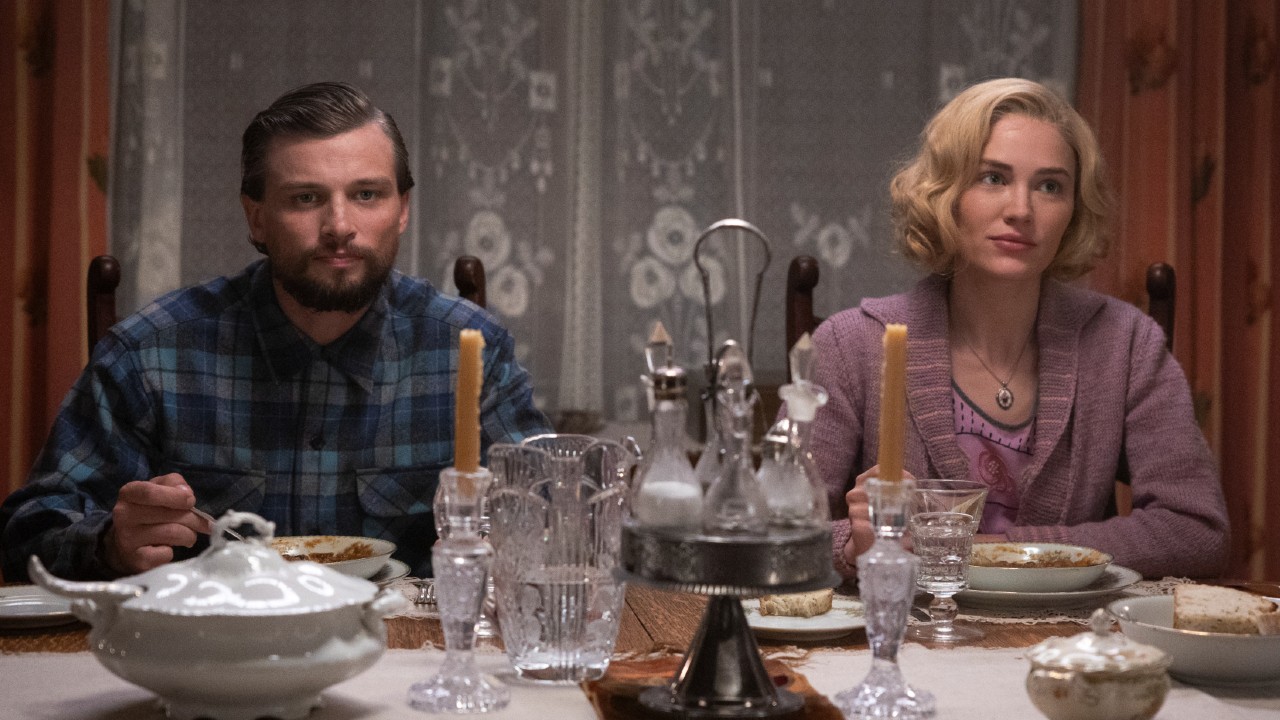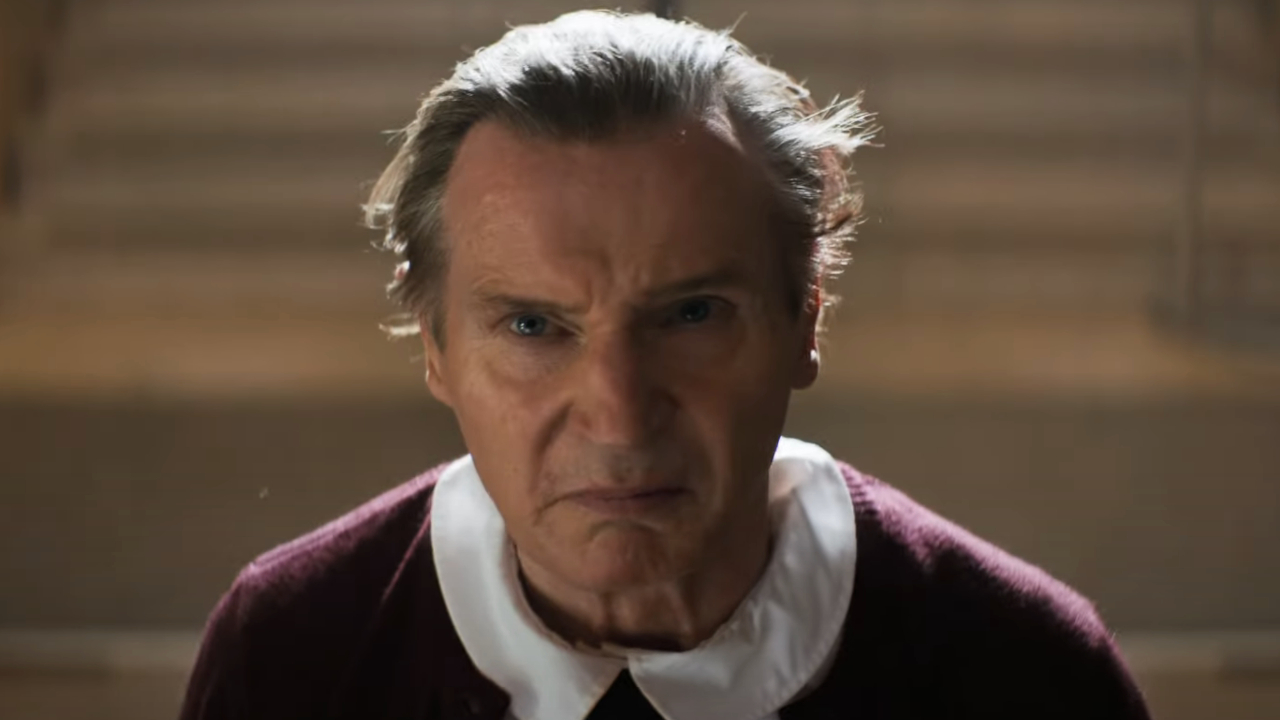Halloween, Friday The 13th And Other Classic Horror Movies That Fell Into The 'Final Girl' Trope
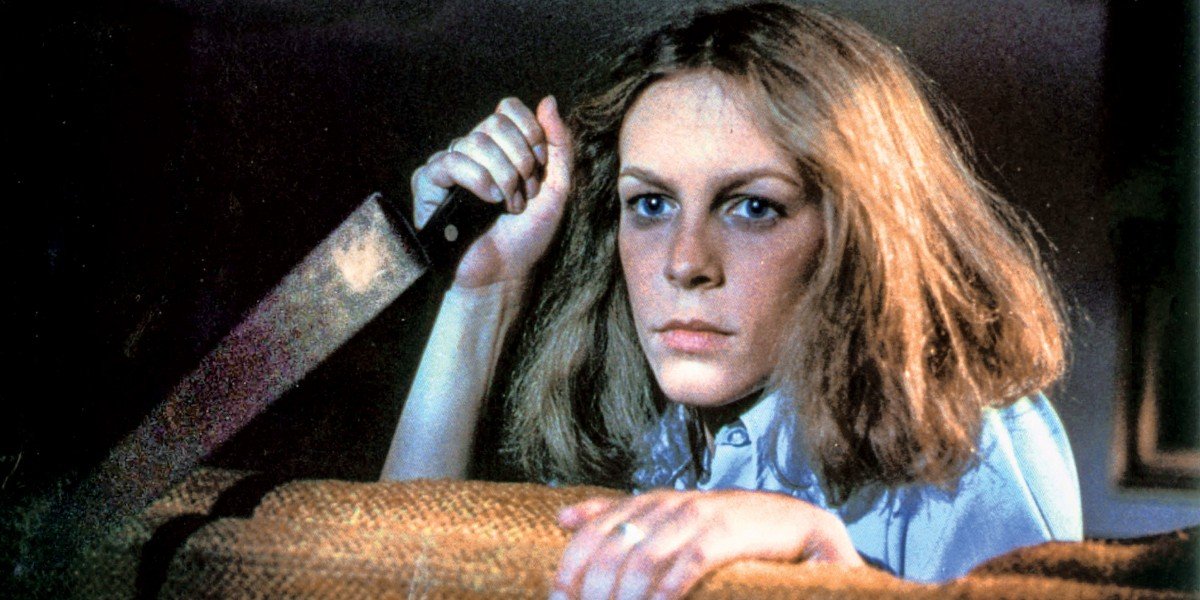
Horror movies are often full of tropes, and one of the most prevalent in the genre is the Final Girl character. Whether it's Halloween's Laurie Strode or any number of classic horror flicks' noteworthy survivors, this is a recurring character type in the ever-popular genre. So much so that recent horror movies have gone out of their way to subvert the expectations and narrative set-ups surrounding this common character archetype, to varying degrees of success, naturally.
It's easy to pick apart the biggest cliches of horror movies, and even diehard horror fans will often concede that some of their favorite genre films aren't always known for their sparkling originality. Of course, a wide number of horror movies are rightfully being celebrated for their new and exciting creative ideas, but that's a whole other discussion. For now, let's clear up any confusion that anyone might have about the Final Girl trope by discussing its origins and the source of its popularity, as well as breaking down some of the most famous examples.
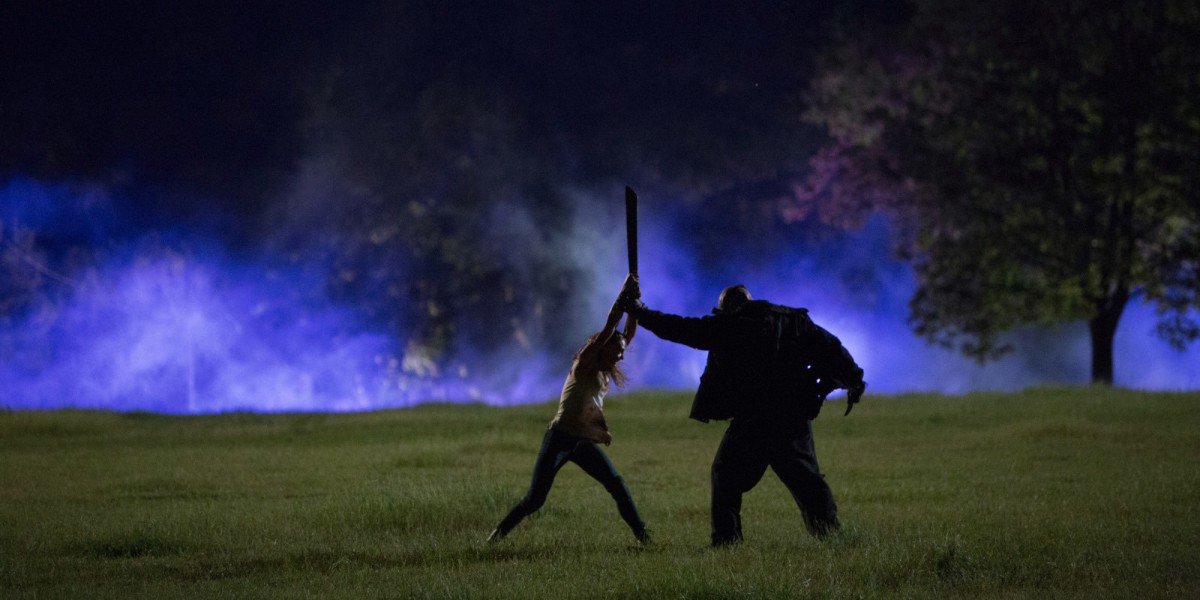
What Is The "Final Girl" Trope?
Notably used in a large number of slasher movies, the "Final Girl" trope settles in after a group of people gets picked off by a mysterious entity and/or cult — be it an alien, a masked foe, a chainsaw-wielding psycho, etc. — and only one woman remains alive in the end and is forced to defend herself from the creature or enemy one last time. The term was believed to be first coined in 1992 by author Carol J. Clover for the book, Men, Women and Chainsaws: Gender in the Modern Horror Film.
While it may not have yet had a name, the trope grew in relevance and distinction throughout the horror films of the 1970s and 1980s. Filmmakers grew more progressive with its use throughout, but there were still some concerns from Clover about how these characters were handled.
It should be noted that, in some examples of the "Final Girl" trope, the character is meant to be seen as morally superior — something that is either suggested or implied by the character's resistance to indulge in drugs, sex and other potentially lewd activities, in sharp contradictions to her friends. Earlier depictions of the Final Girl trope had the main character saved from a last-minute threat by a male figure, including a figure of power like a police officer.
As noted earlier, some of the most popular, iconic and beloved horror movies have relied on the final girl trope. Here are a few of the most famous examples throughout the decades, many of which are detailed in Carol J. Clover's hit book.
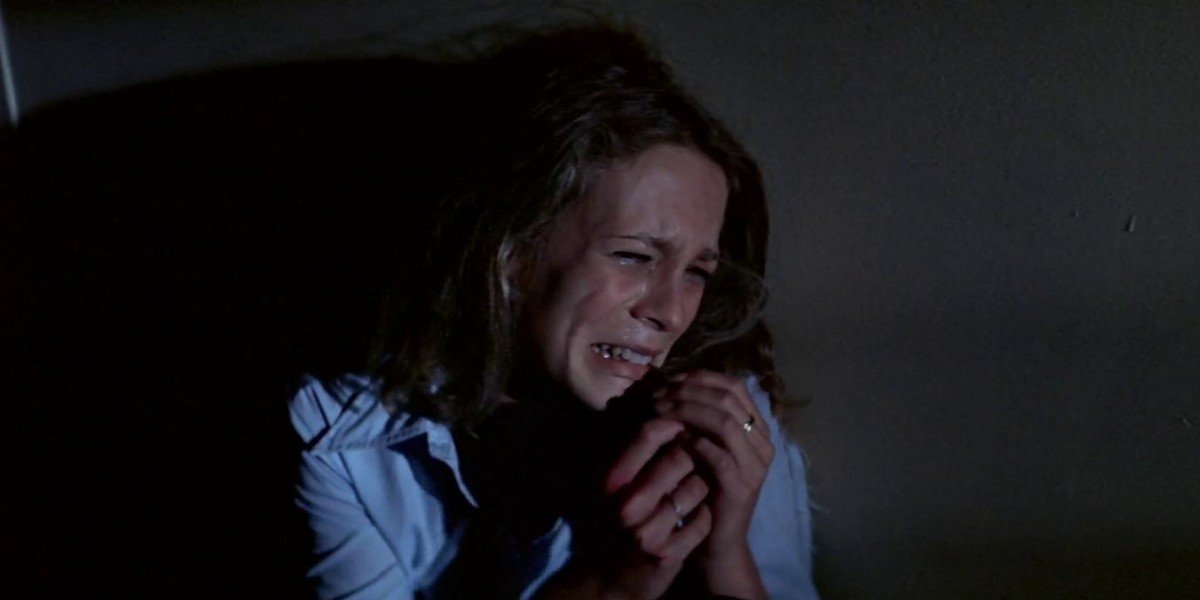
Halloween
Perhaps the most commonly-referenced example of the "Final Girl" trope, John Carpenter's masterful 1978 horror film Halloween features one of the most famous examples of the Final Girl with Jamie Lee Curtis' Laurie Strode. In a horrific turn of events, Laurie and several others in the community are being terrorized by a masked figure named Michael Myers, who returns on the anniversary of a grisly murder to exact more revenge. One by one, teenagers are killed off around Haddonfield, until Laurie is one of the last main characters left standing, needing to defend herself and kill Michael Myers before it's too late. Meanwhile, psychiatrist Sam Loomis hunting for his lost patient, finding Myers near the movie's end.
CINEMABLEND NEWSLETTER
Your Daily Blend of Entertainment News
In terms of its Final Girl reputation, Halloween is ultimately criticized for having her central female character, Laurie Strode, saved by a male character; in this case, Dr. Samuel Loomis (Donald Pleasence) near the end of the movie. In Carol J. Clover's estimation, this distinction makes Laurie more of a "female survivor" than a "final girl" by its more strict definition. Nevertheless, Halloween's success led to more movies adopting the Final Girl trope — if not outright trying to copy Halloween's handiwork — in the hopes of achieving the same high level of critical and/or commercial success. A lot of the copycats didn't measure up to Halloween in terms of quality, but there are a few standouts who helped to progress this trope in better ways.
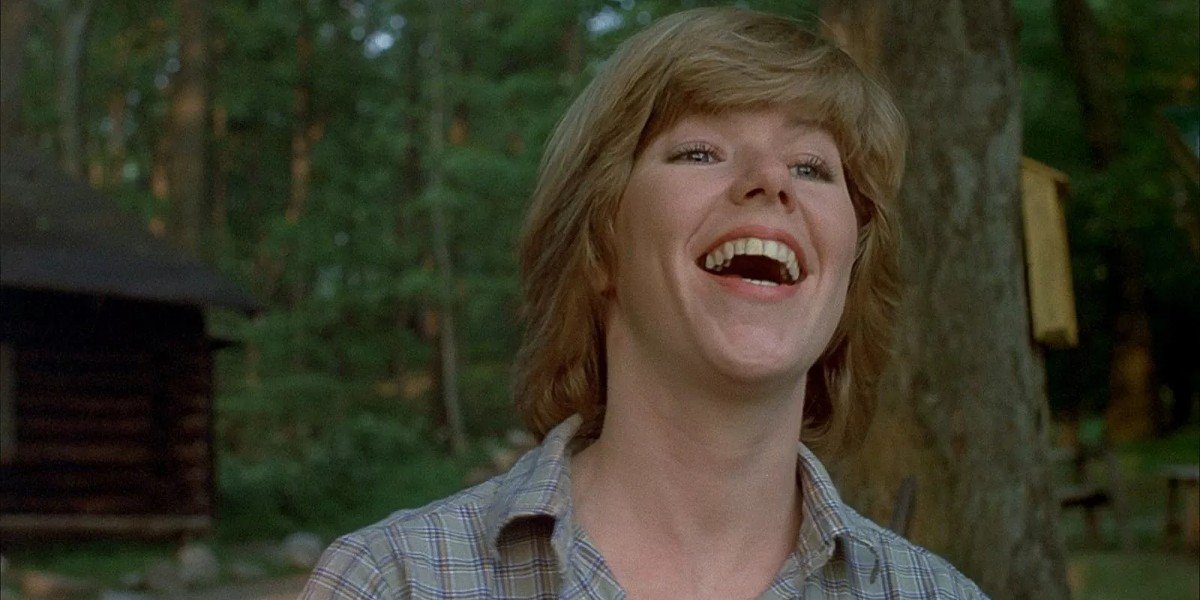
Friday the 13th
When it comes to the central trope, Friday the 13th was a little better at sticking to the general basis of what constitutes a "Final Girl," but only to a certain extent. The Friday the 13th movies in particular often leave things ambiguous whether or not the final survivors have truly defeated the bad guy. In this case, the villain is Jason Voorhees, the disfigured, seemingly unkillable monster who haunts Crystal Lake campers and sports a devotion to this mom. He's also distinctive in the later sequels for wearing his iconic hockey mask to cover up his monstrous visage.
When it comes to a Final Girl like Friday the 13th's Alice Hardy, there is a sense that not everyone who makes it to the end of the credits has their fate sealed. Specifically, while Hardy made it out of the first movie alive, she's stalked and ultimately killed in a brutal fashion inside her apartment, all in the first act of Friday the 13th Part II. There is often a sense in the Friday the 13th movies that, due to the franchise's nature, any victories are often short-lived for these heroines. Even if they escape Camp Crystal Lake, there is the looming chance that, as long as there are sequels to be made, there's a Jason to bloody them up.
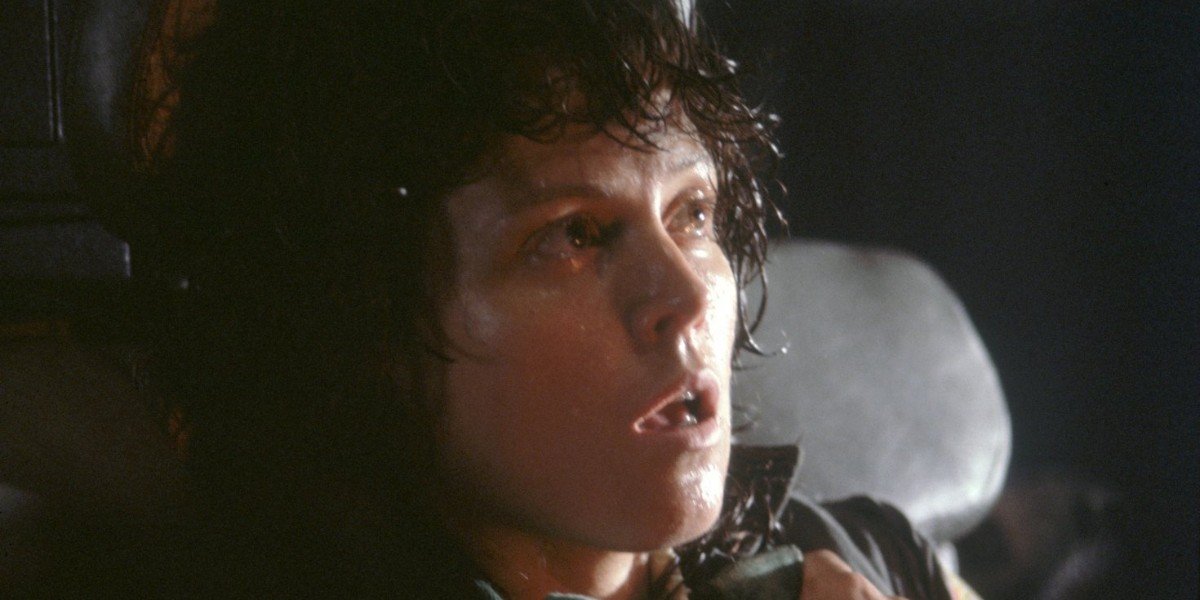
Alien
Another one of the most famous Final Girls in cinematic history is Alien and Aliens' Ellen Ripley, as played by Sigourney Weaver. In the original 1979 movie, she's the last living survivor on a fatal space mission where her blue-collar crew of dependable space travelers were killed in horrific fashion by an non-intuitive, goo-friendly alien lurking around the compound of their spaceship, causing both several deaths and countless terrors.
In the more traditional sense, at least in leading up to the third movie, Ellen Ripley displays clear signs of being a proper and true final girl. She's smart, self-reliant, self-dependent and capable of holding her own throughout the sudden terrors that lurk in the smoky ship's lurks and corners. She also has an emotional vulnerability, categorized by her love and dedication to her orange cat, that provides signs of a fine-tuned sensitivity. But there are some arguments to be made that, because Alien is also science fiction movie on top of being a straight horror film, the trope definition doesn't fit.
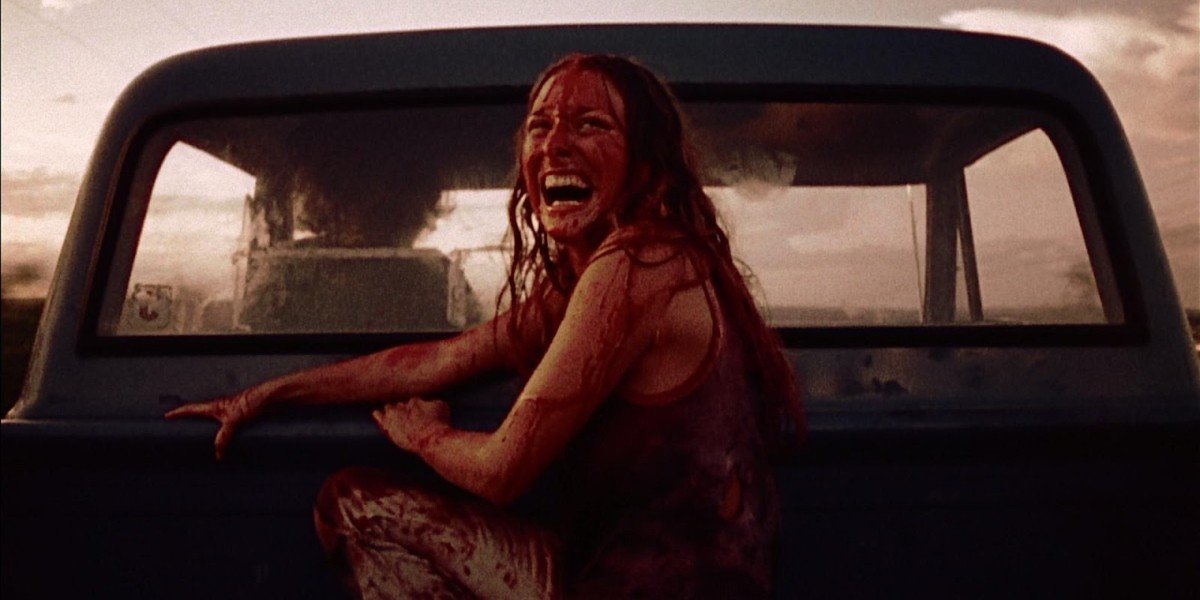
The Texas Chain Saw Massacre
Another early example of a "Final Girl" is Sally Hardesty in The Texas Chain Saw Massacre, as played by Marilyn Burns. Tobe Hooper's incredibly low-budget, deep-fried horror film was a revolution for the genre, though it did follow some of the conventional tropes of how we view horror films today. In that sense, Sally Hardesty — as the last person to survive the gory deaths which befall her fellow young travelers — generally fits the "Final Girl" bill well.
As her friends are hacked away and dismembered in vicious and violent ways by Leatherface, Sally Hardesty puts up a good fight, worms her way out of a strange and disturbing household and is last seen laughing manically into the sunset in the back of a truck while Leatherface is seen wielding his weapon of choice around in the air, almost aimlessly, as his final victim gets away. While she's not the most distinct or progressive version of the "Final Girl," she does stand out in terms of the trope's continued relevance and notoriety inside the popular genre, especially in one of its most notorious classics.
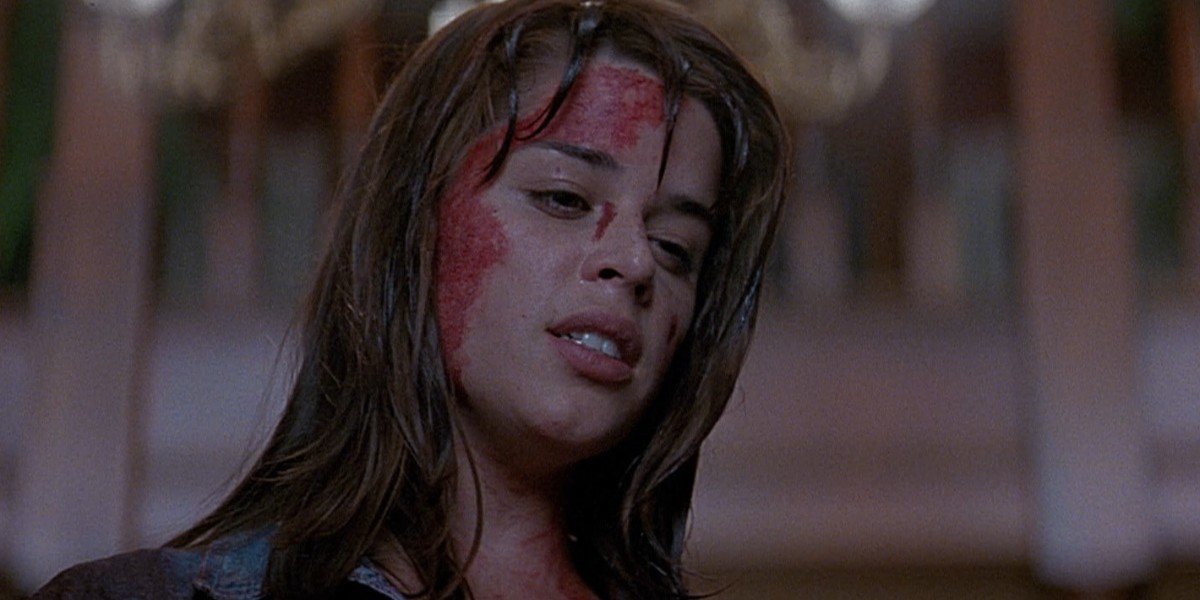
Scream
In the subversive, meta-friendly slasher comedy/horror, Scream boasts one of the most famous '90s examples of the trope with Sidney Prescott, played by Neve Campbell. Wes Craven's acclaimed genre-masher is meant to twist and contort the cliches that came from horror movies prior, so it is fitting that Sidney is a true Final Girl that doesn't exactly follow all the traditional expectations of such a definition. For instance, Prescott lives through the initial film — even though she has had sex, which dispels the standard belief that the Final Girl is traditionally a virgin.
That's not the only Final Girl trait she breaks away from, but she's a great example of a character who adheres to the long-standing horror tradition while also updating it and advancing it into a new millennium of horror movies. For instance, Sidney Prescott paved the way for strong female leads in genre programming, such as Buffy the Vampire Slayer on TV (even though it was based on an earlier film) or, more recently, Tree Gelbman in 2017's Happy Death Day, which I'll admit was a personal favorite.
These are only a few of the prominent examples of "Final Girls" that Hollywood filmmaking has delivered over the decades. We didn't even mention Nancy Thompson in The Nightmare on Elm Street or Jess Bradford in Black Christmas, to name just a mere few, and some might argue The Terminator movies' Sarah Conner would count. There was also recently a good example with the August release Ready or Not.
We're sure horror fans out there have their own hand-picked favorite examples of Final Girls inside movie history, so let us know your personal picks in the comments.
Will is an entertainment writer based in Pittsburgh, PA. His writing can also be found in The Playlist, Cut Print Film, We Got This Covered, The Young Folks, Slate and other outlets. He also co-hosts the weekly film/TV podcast Cinemaholics with Jon Negroni and he likes to think he's a professional Garfield enthusiast.

